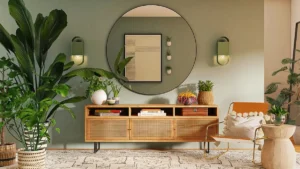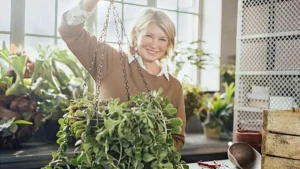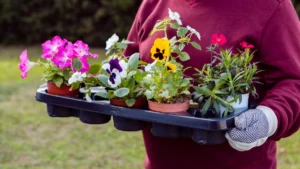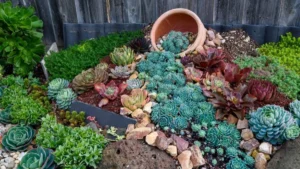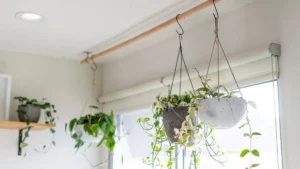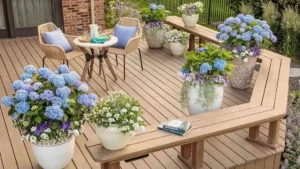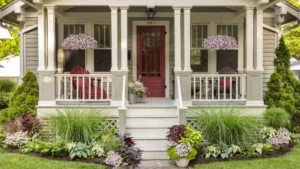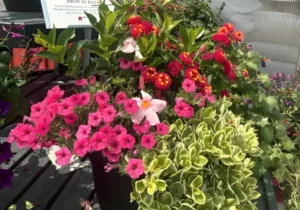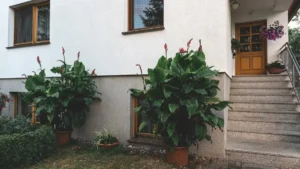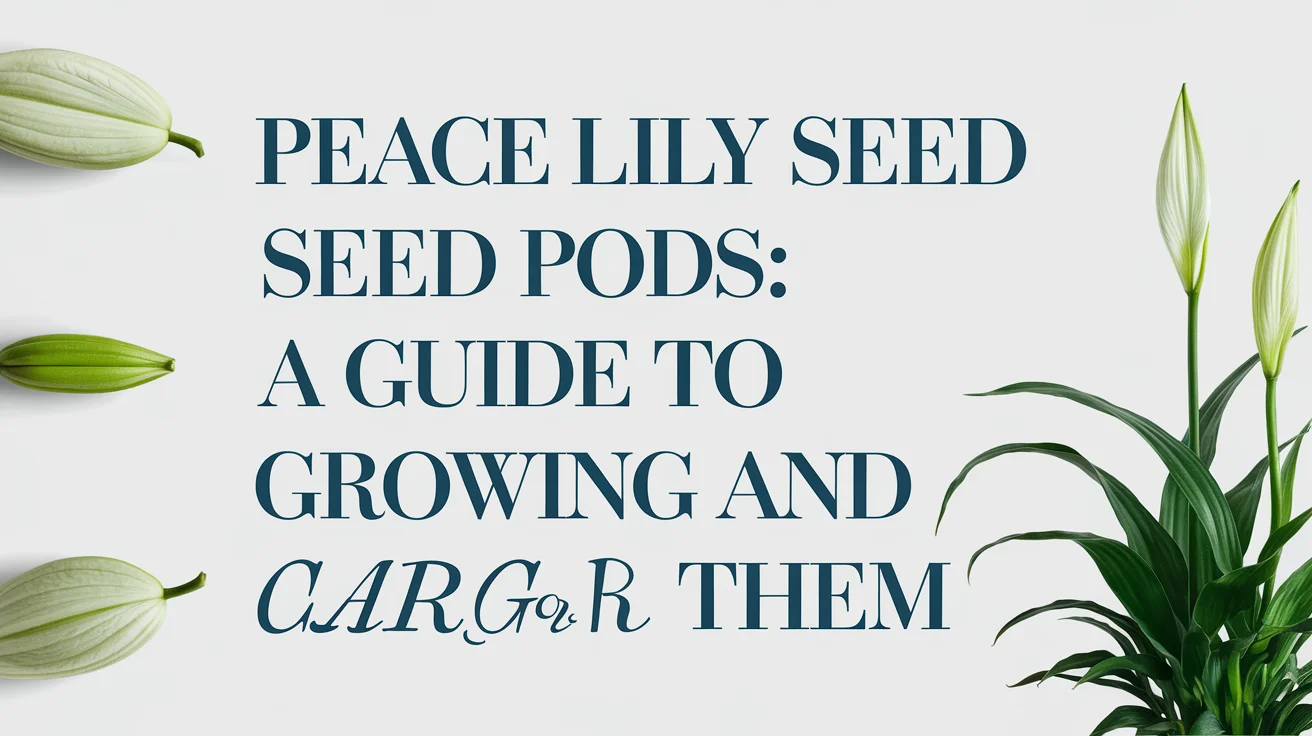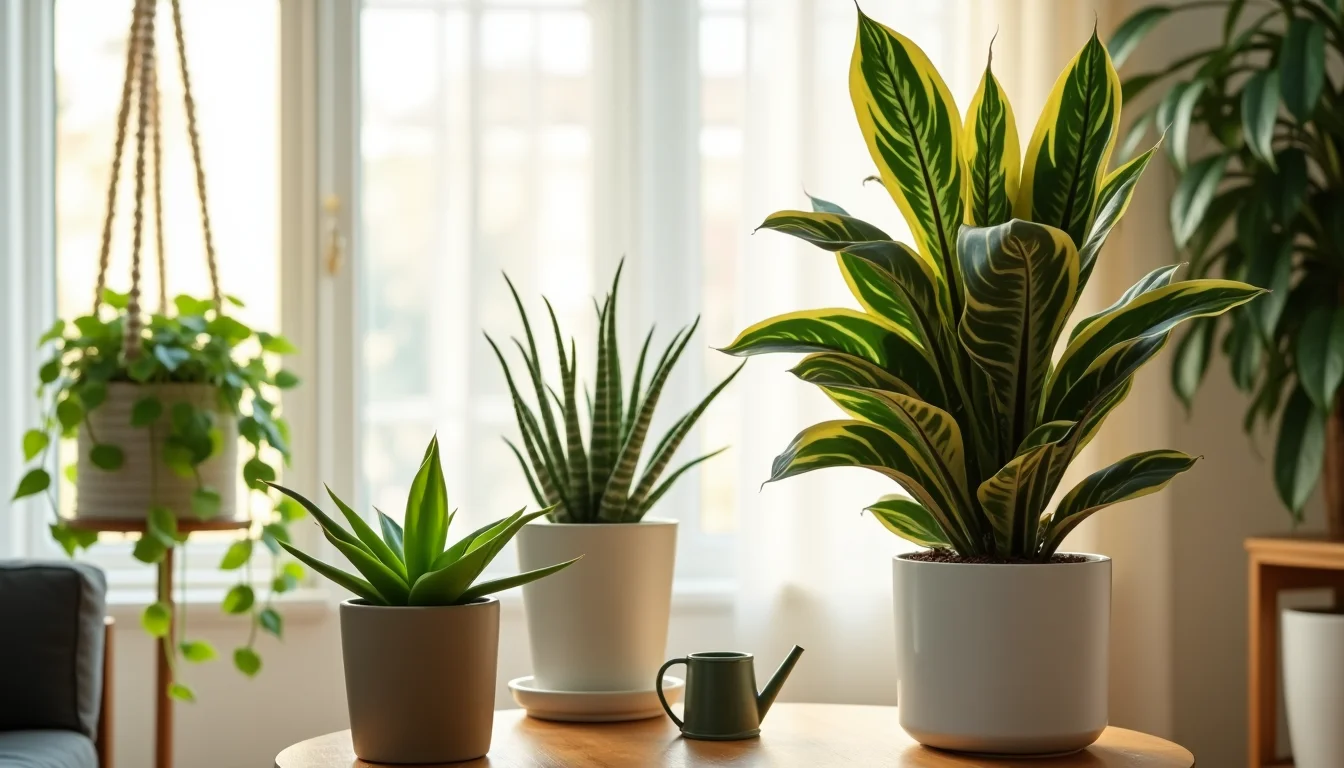Light’s effect on plant growth reveals a fascinating process that powers nearly all life on Earth. Understanding how light affect plant growth helps explain why plants can reject up to 70% of the solar energy they absorb to protect themselves from damage. This surprising efficiency control mechanism directly shapes their development and growth.
Plants need light as their primary food source. Photosynthesis allows them to combine water and carbon dioxide into simple sugars using sunlight. The process releases oxygen as a byproduct and happens in two distinct steps: light energy becomes chemical energy. Plants without enough light show clear signs of distress – their weak, pale stems stretch desperately toward any available light source.
In this piece, we’ll explore how different types of light shape your plants’ growth. Blue light creates compact growth and thicker leaves, while red light produces larger plants with longer stems. Your window’s direction plays a crucial role, too. Southern-facing windows give the most intense light, while northern exposures provide the least. Some plants thrive in low-light conditions, needing just 50-250 foot-candles, while others demand at least 1,000 foot-candles. Understanding these requirements helps your green friends flourish.
How plants use light to make food
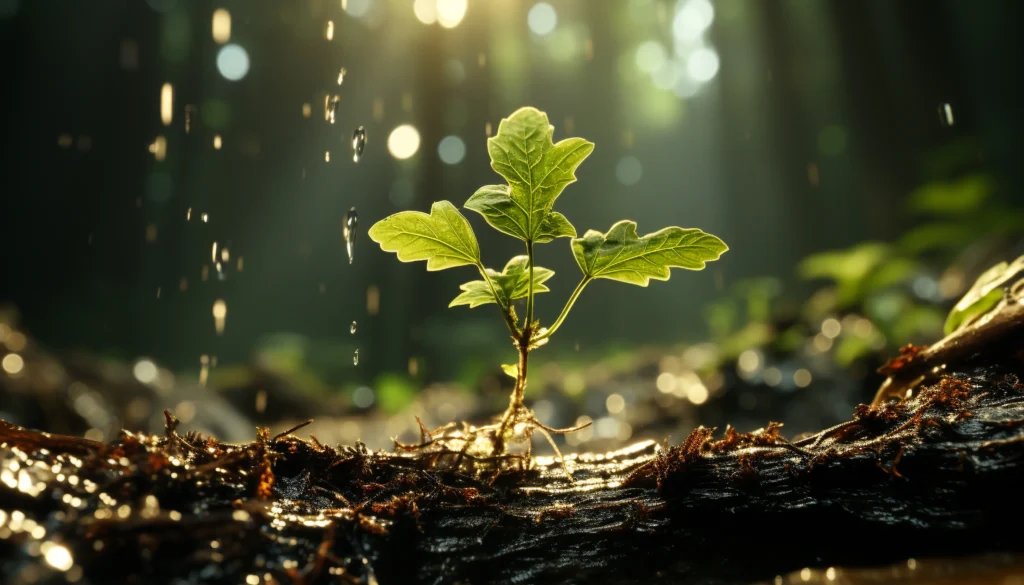
Plants employ sunlight through a complex process that sustains life on Earth. Light energy transforms into chemical energy, driving plant growth and development through this remarkable system.
Photosynthesis explained simply
Nature converts sunlight into food through photosynthesis. Plant leaves contain specialized cells called mesophyll, where chloroplasts capture light energy. These chloroplasts have a green pigment called chlorophyll that absorbs blue and red light waves. The green light reflects and makes plants appear green to us.
The process has two main stages. Chlorophyll absorbs sunlight energy during light-dependent reactions to split water molecules, releasing oxygen as a byproduct. This stage creates ATP (energy storage molecules) and NADPH (electron carriers). The Calvin cycle follows as light-independent reactions, where these energy carriers convert carbon dioxide into glucose, the plant’s food source.
Why do plants need light?
Plants need light energy to make food. Without it, they can’t produce carbohydrates needed for growth, flowering, and seed production. Light activates photoreceptors that help plants measure day length. This guides vital life cycle events like blooming time and deciduous tree leaf loss.
Plants use the sugars from photosynthesis in two key ways. These sugars provide immediate energy for cell functions, and fixed carbon builds other organic molecules. Yes, it is possible to convert these sugars to starch. Plants store this starch in stems, roots, bulbs, and tubers to use later.
What happens when light is missing
Plants show signs of decline after just 3-6 days without light. Plant biomass starts decreasing rapidly. The plants develop long, spindly stems with pale green to yellow leaves stretching toward any light source.
Plants can’t produce chlorophyll properly without enough light. This leads to pale colouration and stretched spaces between leaf nodes. For instance, see how variegated plants with white and green leaves might turn solid green. They do this to maximize photosynthesis when light levels are low. Plants die after 30 days of complete darkness in extreme cases.
Types of light and their effects on growth
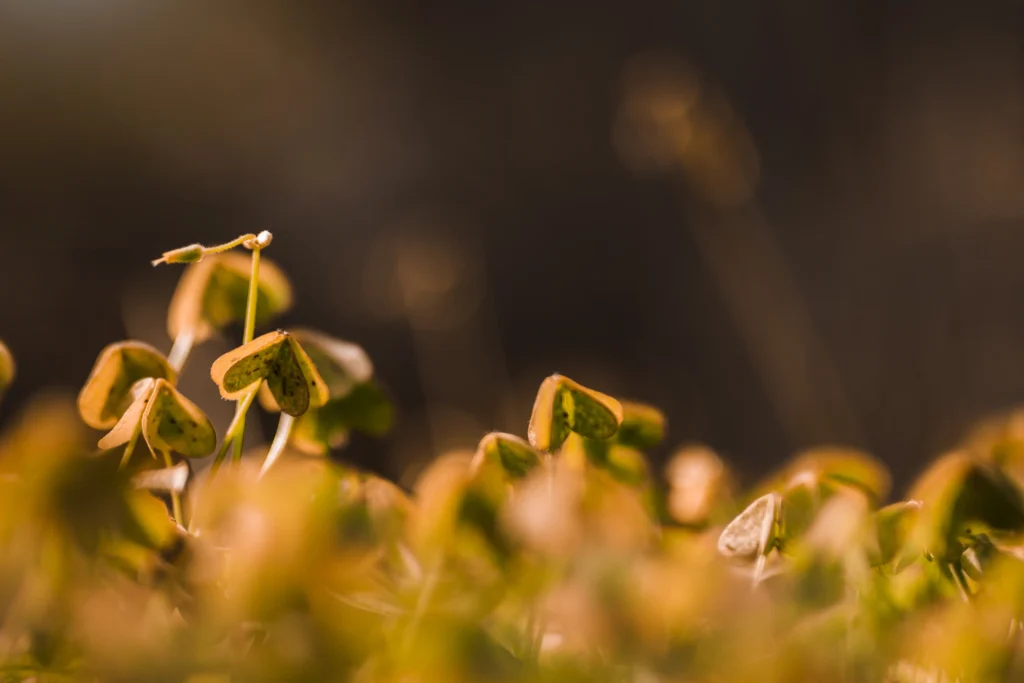
Light plays a complex role in plant growth. The light spectrum contains various wavelengths that trigger specific plant responses. These responses affect everything from stem length to flowering.
Red vs. blue light
Red and blue wavelengths serve as powerhouses in the plant world. Each wavelength plays a unique role in development. Red light (600-700 nm), we focused on flowering, fruit production, and stem elongation. It controls chloroplast functions and reproductive systems, while plants grow taller with longer stems.
Blue light (400-500 nm) creates stronger, more compact growth. This wavelength produces more chlorophyll and opens stomata. It also boosts photosynthetic electron transport. Plants that receive enough blue light develop thicker stems and denser foliage. They also build strong root systems. Research shows plants under blue light have higher stomatal conductance and photosynthetic rates than those under red light alone.
The best results come from combining both types. Plants that grow under mixed red and blue light show substantially higher biomass accumulation and better CO2 assimilation than single-colour light. This balanced approach optimizes photosynthesis through better Calvin cycle enzyme activity.
What green light does
Contrary to popular belief, green light (500-600 nm) is valuable to plants. Plants reflect more green light than other wavelengths, which makes them appear green. Yet they still absorb and use most of it for photosynthesis.
Greenlight reaches deeper into leaf canopies than red or blue wavelengths. It penetrates cells that would otherwise stay in the shade. This penetrating quality makes green light crucial for dense plantings or multi-layered foliage. Greenlight also shapes plant architecture and can trigger shade-avoidance responses similar to far-red light effects.
How variegated leaves respond to light
Variegated plants showcase striking white and green patterns and react differently to light wavelengths. The green parts of variegated leaves show almost 100 times more sensitivity to blue light than red light. The white portions lack chlorophyll and show no response to red light, even at high intensity levels.
These plants grow more slowly and stay smaller than their all-green counterparts because variegated sections cannot photosynthesize well. Variegated plants often produce leaves with more green tissue under low-light conditions, which helps them maximize photosynthesis as they revert toward their all-green genetic potential.
How much light is enough?
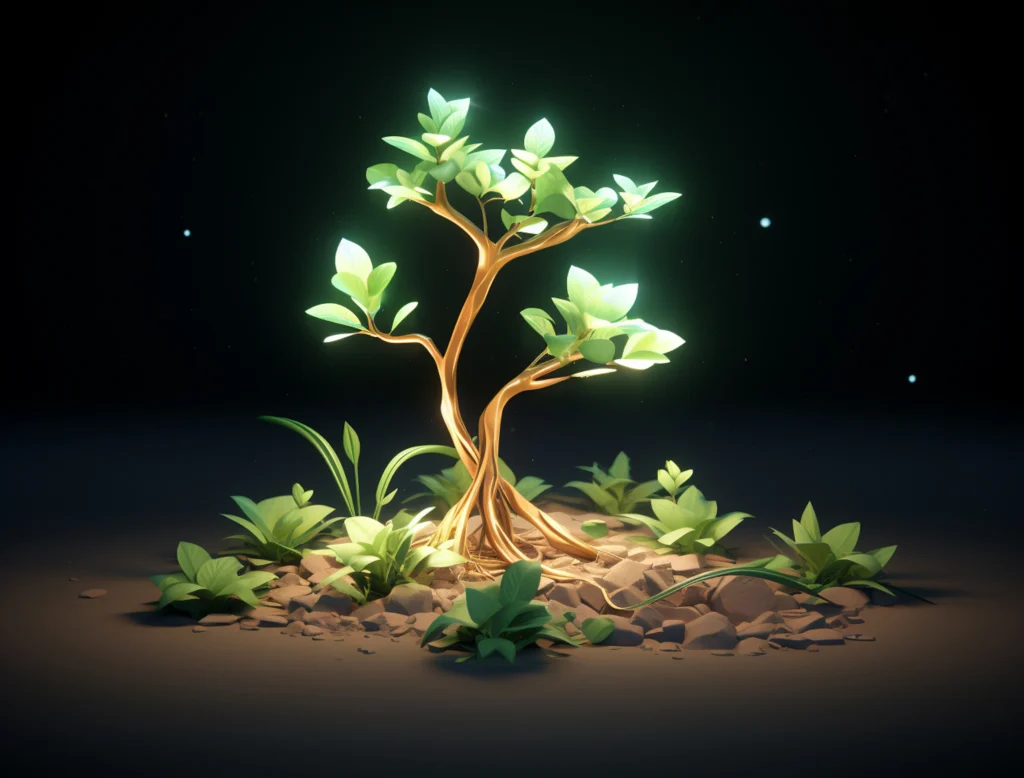
Getting the right amount of light for your plants is vital for their health and growth. Plants get stressed and struggle when they don’t get enough light or get too much of it. Let’s get into how you can spot your plants’ light needs.
Signs of too little light
Plants show clear signs when they don’t get enough light. Watch out for leggy growth – you’ll see long, thin stems with big gaps between leaves as your plants reach for light. The leaves might also show abnormal leaf colour, turning from pale green to yellow before they fall off.
Your plants might stop growing or grow very slowly because they can’t make enough food through photosynthesis. The patterns on variegated plants might fade away to solid green. This is how plants try to absorb more light to survive.
Seasonal and directional light changes
Light levels change throughout the year. Winter sunlight isn’t as strong as summer light, affecting plants’ growth. Plants have special receptors that pick up these changes in how long and bright the days are.
The direction of your windows makes a big difference in light levels:
- South/southwest-facing windows get the brightest light (over 1000 foot-candles)
- East/west-facing windows get medium light (500-1000 foot-candles)
- North-facing windows get the least light (100-500 foot-candles)
Understanding light intensity and duration
Light intensity is measured in different ways, such as foot-candles, PPF (photosynthetic photon flux), and PPFD (photosynthetic photon flux density). Light gets weaker faster as you move away from its source.
Plants need specific amounts of light time, too. Most houseplants do best with 12-16 hours of light each day. Some plants react to day length (photoperiodism):
- Short-day plants bloom when days are 11 hours or less
- Long-day plants bloom when days are longer than 11 hours
- Day-neutral plants bloom regardless of the day length
Plants need dark time, too, usually at least 6-8 hours to perform their basic functions. This nighttime rest is as important as their light time to keep them healthy.
Helping your plants get the right light
Your plants need the right light environment, which requires careful observation and adaptability. Light patterns change throughout the year, and your green friends need adjustments to grow well.
Moving houseplants with the seasons
Seasonal changes substantially affect how light influences plant growth. Summer’s transition to winter brings dramatic decreases in natural light intensity and duration. Plants need weekly rotation to maintain balanced growth, especially with species like Pilea, Ficus, and Monstera. These plants naturally lean toward light sources, especially during winter with weaker sunlight.
Stakes help leaning plants stand upright. As light conditions change, your plants need time to adjust during spring and fall. Here’s a smart way to maximize available light: place mirrors next to windows to bounce sunlight deeper into your living space.
Using artificial lights indoors
Natural light sometimes falls short, and artificial lighting helps plants get light even in darker seasons. Most plants need 12-16 hours of light daily and at least 8 hours of darkness. LED grow lights are the quickest way to provide energy-efficient lighting. They use less electricity and offer customizable light spectrums.
Keep incandescent lights at least 24 inches from plants. LED and fluorescent lights work safely from 12-18 inches away. The light colour spectrum plays a vital role; blue light helps leaf growth, while red light encourages flowering.
Choosing the right spot in your home
Window direction shapes your home’s light availability. South-facing windows get intense light (over 1,000 foot-candles), while north-facing windows receive much less (100-500 foot-candles). Match your plants to spots that meet their light requirements.
Pay attention to what your plants tell you. Balance their light needs against cold drafts from windowsills or hot air from radiators, as these factors influence how light affect plant growth. Proper drainage becomes a significant factor, too; every pot needs drainage holes to stop root rot.
Conclusion
Light’s impact on plant growth reshapes how we nurture our green friends. This piece shows that light does more than benefit plants; it keeps them alive. Plants can’t produce their food without enough light through photosynthesis.
The light spectrum is vital to plant development. Red wavelengths help plants flower and grow taller. Blue light makes them grow compact with fuller foliage. Green light does more than reflect off leaves. Compared to other wavelengths, it reaches deeper into leaf canopies. These differences matter greatly when picking artificial lighting or placing plants in your home.
Winter brings shorter days and less intense light, which requires our focus. Your plants’ health depends on moving them closer to windows and rotating them often. Grow lights might help, too. In addition, it helps to spot signs of light deficiency early. Look for leggy growth or pale leaves before these issues get worse.
Each plant species needs different amounts of light. Some do great in bright southern windows, while others prefer softer light from north-facing spots. Finding the right light conditions for each plant’s needs is the biggest factor in helping them grow well. Plants have developed their light priorities over millions of years. We just need to give them what they want.
Note that darkness plays just as big a role for plants. Most need 6-8 hours of dark time to handle basic metabolic functions. Plants depend on this light-dark rhythm for healthy growth.


